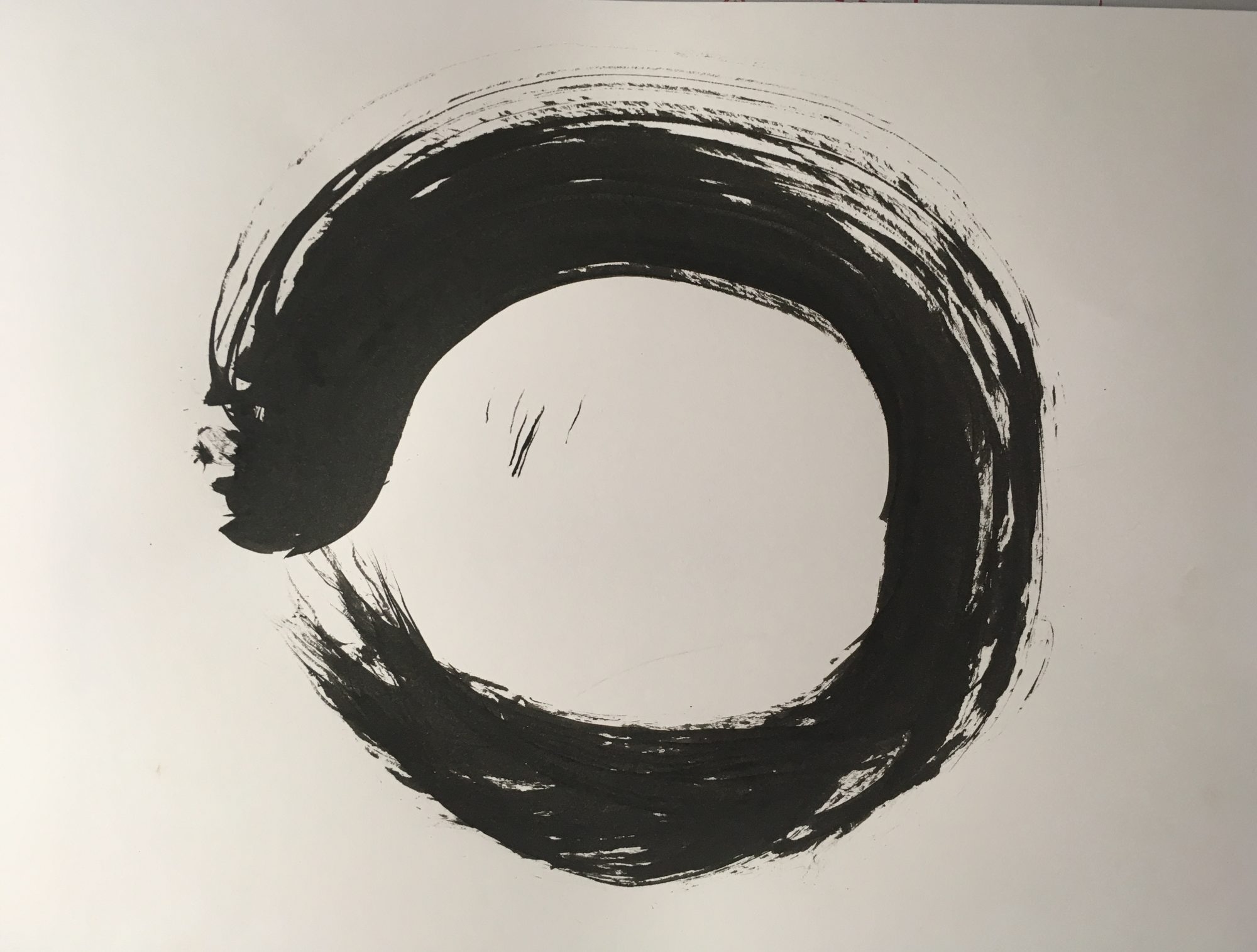In 1953 Choi Hong Hi developed a martial art system to train soldiers in hand to hand combat. He combined elements from all the ancient Korean arts including Tae Kyon, Hwa-rang Do and Bulkyo Mu Sool, with the Japanese art of Shotokan Karate Do, to create a new form of Korean Karate. He named this new art Oh Do Kwan meaning “Gym (or school) of My Way”
In 1955 general Choi shifted his focus to uniting all the Korean martial arts schools under the name Tae Kwon Do. He continued to develop Oh Do Kwan alongside Taekwondo as he traveled, and promoted his arts, and it is during this time that Oh Do Kwan, Taekwondo and the Korean martial arts in general, became known to the larger world. As the popularity of Taekwondo grew and other schools began to join he’s organization the training began to change as well and over time it would become what is known today as the sport and art of Taekwondo. At the same time there were those schools that would hold true to the original intent of being an art for self-defense or a combat art, and they would often keep the original Kwan names such as Ji do Kwan, Chung Do Kwan, or Oh Do Kwan even as they might join a greater organization such as Tae Kwon Do.
General Choi was a divisive man, known to ruffle feathers and burn bridges in the pursuit of his goal, so much so that when he left Korea in the early 1970s there were those who made a concerted effort to erase any record of his influence on the development of the Korean martial art systems. In 1972 Taekwondo split into two branches the WTF and the ITF (headed by General Choi) and in 1976 Oh Do Kwan was disbanded as an official Korean martial art do to its connection to General Choi. Today Oh Do Kwan is not officially connected to any greater organization, nor does it have a governing body of its own, but independent schools that teach Oh Do Kwan can still be found, and tend to have a focus on self defense and real world combat techniques.
